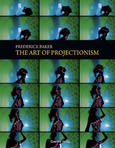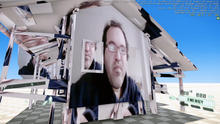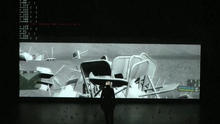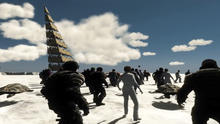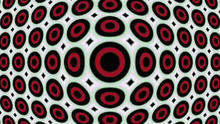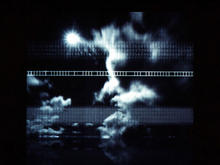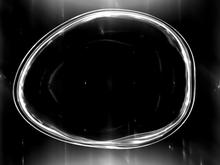Vogelstimmen
(2009)by Victor Morales was performed alongside Olivier Messiaen's Un Sourire played by the TonKünstler Orchestra at the Festspielhaus in St Pölten, Austria.
Victor Morales used CryEngine 2 to make the 3D space/map and performed it using Quartz Composer to control the montage in realtime and to add some effects. (Victor Morales)
"As you can see in the beginning I 'attempted' to montage the visuals to the music, an idea that I abandoned towards the second part of the piece (after the fade out). I most say that this piece simply "intersects" the music, I am not looking for representation or marriage of media/meaning; I am just looking for intersections a la Venn's diagram." (Victor Morales)
Source: Victor Morales


